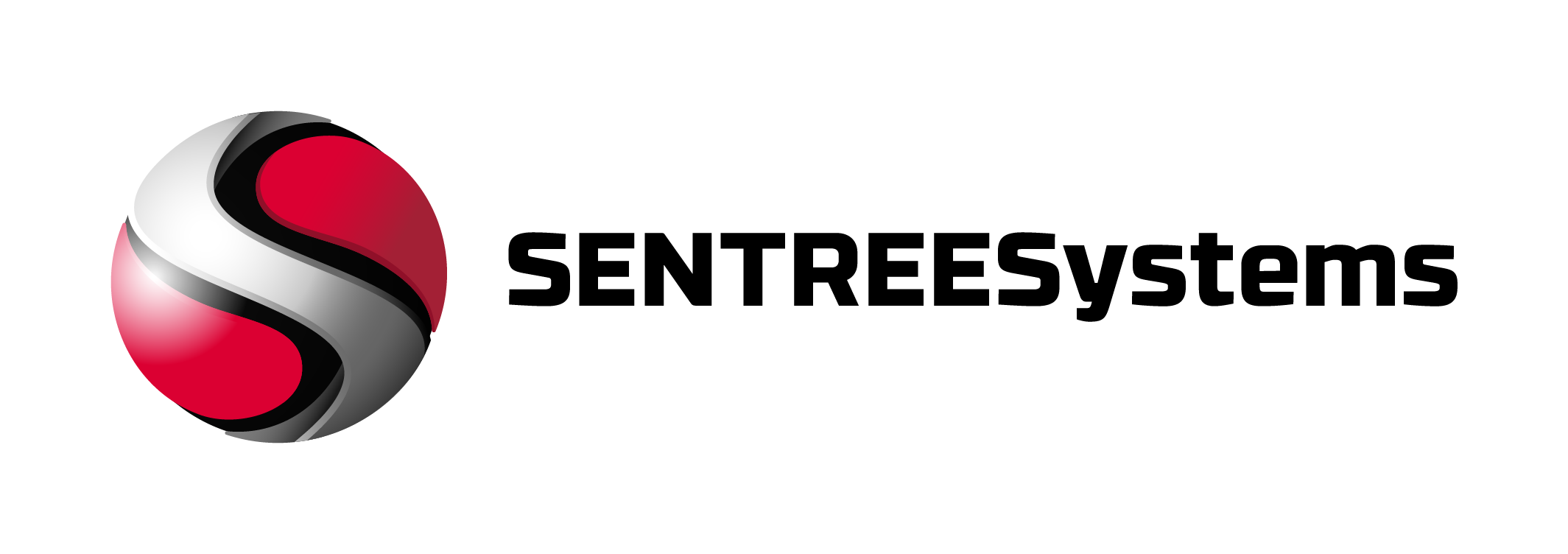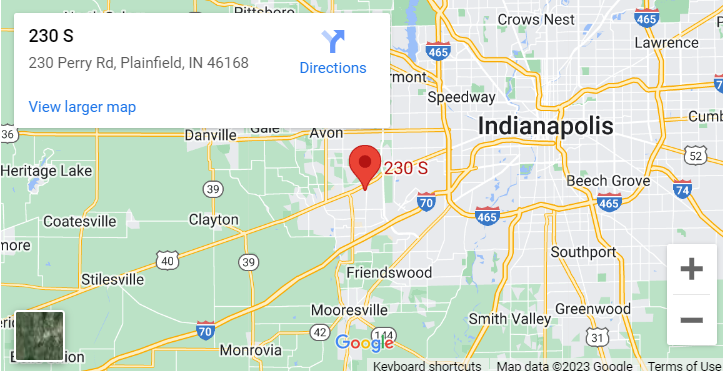Look, here’s the deal: ransomware attacks are no longer a question of “if” but “when” for small businesses. The FBI reported over 4,600 ransomware complaints in 2023, with losses exceeding $1.3 billion. Yet most small business owners I talk to think cyber insurance is either too expensive or won’t actually help when attackers come knocking. They’re wrong on both counts. Ransomware Insurance for Small Businesses has evolved from a nice-to-have into an absolute necessity—but only if you understand what you’re buying and what it actually covers.
The problem isn’t just the ransom payment itself. It’s the weeks or months of downtime, the forensic investigation costs, the customer notification expenses, and the regulatory fines that can crush a small business. I’ve seen companies with solid revenue streams fold within 90 days of a ransomware attack because they couldn’t absorb the total cost of recovery.
Key Takeaways
- Ransomware insurance isn’t just about paying hackers—it covers business interruption losses, forensic investigations, legal fees, and recovery costs that often exceed the ransom demand
- Most policies require specific security controls like multi-factor authentication and regular backups before they’ll pay claims—no security, no coverage
- Average small business premiums range from $1,200-$7,500 annually for $1-5 million in coverage, depending on industry and security posture
- 27% of ransomware claims get denied due to policy exclusions or failure to meet security requirements
- The global cyber insurance market hit $16.6 billion in 2024 and insurers are getting pickier about who they’ll cover
What Ransomware Insurance for Small Businesses Actually Covers
Most business owners think ransomware insurance means “the insurance company pays the hackers.” That’s only part of the story. Here’s what you’re really buying:
The Four Pillars of Coverage
Ransom payments are the obvious starting point. About 58% of cyber policies now explicitly cover extortion demands, though you’ll hit sub-limits pretty quickly. The average covered payment reached $553,959 in Q4 2024, but median payments dropped to $110,890. Don’t expect your insurer to just hand over cash—they’ll negotiate. Coalition Insurance successfully cut a $1.5 million ransom demand to $750,000 through their negotiation team.
Business interruption losses are where small businesses really get hurt. These account for 51% of total cyber incident costs. Manufacturers and healthcare providers face average downtime of 19 days. Your policy should cover lost income and operational expenses during recovery. Without this coverage, you’ll be burning through cash reserves while your business sits idle.
Forensic investigations aren’t optional anymore—they’re mandatory. Post-attack analyses cost between $250,000-$500,000 per incident, and insurers increasingly require you to use their approved vendors. You can’t just hire your nephew who’s “good with computers.”
Data reconstruction becomes critical when you discover your backups don’t work. About 34% of enterprises lack usable backups, and small businesses fare even worse. Recreating compromised datasets from scratch isn’t cheap, and you’ll be grateful your insurer is footing the bill.
What They Won’t Cover
Here’s where things get messy. Insurance companies deny 27% of ransomware claims, and small businesses get hit hardest because they’re least likely to meet security requirements.
Security control failures kill most claims. About 63% of denied claims stem from lacking multi-factor authentication or endpoint detection systems. If you’re running Windows 7 with no MFA, don’t expect sympathy from your insurer.
Nation-state attacks are increasingly excluded. Lloyds of London now excludes state-sponsored attacks from standard policies. You’ll need separate “cyber war” coverage, which most small businesses can’t afford.
Supply chain breaches through your vendors aren’t automatically covered. Only 12% of policies cover third-party vendor breaches, but 41% of 2024 attacks originated in partner networks. That managed service provider you trust? If they get hit and take you down, you might be on your own.
The Real Cost of Ransomware Insurance for Small Businesses
The global cyber insurance market reached $16.6 billion in 2024, with North America claiming $10.5 billion of that. Small businesses are driving much of this growth, but they’re also getting priced out as insurers get more selective.
What You’ll Actually Pay
Premium ranges vary wildly based on your risk profile:
- Low-risk service businesses: $145/month for $1 million coverage
- Healthcare practices: 220% higher rates than retail due to sensitive data
- Manufacturing companies: Premium increases of 15-30% annually
- Professional services: $2,000-5,000 annually for adequate coverage
Companies above $500 million revenue pay 19% more for equivalent coverage, but small businesses face their own penalty: higher per-dollar premiums because insurers can’t spread administrative costs across larger policies.
Risk Factors That Kill Your Rates
Remote access exposure is the biggest rate killer. About 58% of 2023 ransomware incidents exploited VPNs or remote desktop tools. If your team is working from home on personal computers, expect to pay premium prices for coverage.
Your industry matters more than you think. Healthcare faces the highest rates because attackers know hospitals can’t afford downtime. Legal and financial services follow closely because of data sensitivity requirements.
Revenue thresholds create weird pricing tiers. Cross certain revenue benchmarks and your rates jump significantly, even if your actual risk profile hasn’t changed.
Why Most Small Businesses Fail at Ransomware Claims
I’ve watched too many small business owners think they’re covered, only to discover their policy won’t pay when they need it most. Here’s why claims fail:
The Security Control Trap
Insurers now mandate 14 baseline controls, and adoption rates directly impact your premiums and claim eligibility. Here’s the reality check:
| Security Control | Small Business Adoption | Premium Impact |
|---|---|---|
| Multi-Factor Authentication | 89% | -22% discount |
| Endpoint Detection | 67% | -18% discount |
| Privileged Access Management | 54% | -14% discount |
| Weekly Security Patching | 49% | -9% discount |
Miss these controls and you’ll pay more upfront—or worse, get denied when you file a claim. The revised FTC Safeguards Rule now requires MFA and encryption for insurance eligibility in financial services.
The Payment Reality Check
Here’s something most agents won’t tell you: ransomware payment rates fell to 25% in Q4 2024. Companies are finding alternatives to paying hackers, which changes the insurance calculation entirely.
Only 65% of ransom payments result in functional decryption keys, down from 92% in 2020. Attackers are getting sloppy, which means paying doesn’t guarantee recovery. FBI-led decryption tools saved $380 million in potential payments during 2024.
About 78% of insured companies now maintain air-gapped backups, reducing payment incentives by 41%. If you can restore from backup, why pay criminals?
Shopping for Coverage: What Actually Matters
Every insurance agent will try to sell you a policy, but most don’t understand the technical details that determine whether you’ll actually get paid. Here’s what to focus on:
Policy Language That Kills Claims
Sub-limits are where insurers hide coverage restrictions. Your policy might offer $5 million total coverage but cap ransomware payments at $500,000. Read the fine print on every coverage category.
Security warranty language turns basic cyber hygiene into policy requirements. Fail to maintain required controls and your coverage voids automatically. Some policies require quarterly security assessments.
Notification timeframes are getting stricter. The EU’s NIS2 Directive requires ransomware payment disclosures within 24 hours. Miss the deadline and insurers can deny your claim.
Insurer-Provided Services That Matter
The best policies include incident response services, not just money. Look for insurers who provide:
- 24/7 incident response hotlines with actual security experts, not call center staff
- Pre-negotiated vendor relationships for forensics, legal counsel, and PR crisis management
- Ransom negotiation teams with proven track records of reducing payment demands
- Business continuity planning to minimize downtime during recovery
I’ve seen Coalition’s incident response team cut ransom demands by 50% through professional negotiation. That service is worth more than the premium savings you might get from a cheaper policy.
Regulatory Changes Affecting Small Business Coverage
The regulatory landscape is shifting fast, and small businesses are getting caught in the crossfire. Here’s what’s changing:
New Compliance Mandates
The United States revised FTC Safeguards Rule requires MFA and encryption for financial services companies to maintain insurance eligibility. Fail to comply and your policy becomes worthless.
Singapore’s Cyber Security Act imposes 0.2% revenue fines for uninsured critical infrastructure. Other countries are following suit with mandatory cyber insurance requirements.
The European Union’s NIS2 Directive amendments mandate ransomware payment disclosures within 24 hours. This created coverage voids for 22% of affected enterprises who couldn’t meet reporting deadlines.
Court Cases Changing Coverage
Recent litigation is narrowing coverage scope. In CNA Financial v. Zurich (2025), courts upheld denial of a $40 million claim due to an unpatched Citrix vulnerability. The message is clear: maintain basic security or lose coverage.
ACME Manufacturing v. Beazley enforced MFA requirements as a condition precedent to coverage. No MFA, no claim payment—period.
Future-Proofing Your Ransomware Insurance Strategy
The ransomware insurance market is tightening, and small businesses need to adapt quickly. Here’s what’s coming:
Market Trends Through 2027
Premium increases of 11-15% annually are locked in through 2026 as claims severity grows. Reinsurance coverage is narrowing to $300 million per policy by 2027, which will push costs down to primary insurers and up to you.
Parametric products that trigger payments based on downtime hours (like weather insurance) are expected to capture 23% market share by 2030. These might be more predictable than traditional policies.
Capacity constraints mean insurers will get pickier about who they’ll cover. Small businesses with poor security postures will find coverage increasingly expensive or unavailable.
Best Practices for Sustainable Coverage
High-performing small businesses now conduct quarterly policy reviews against current vulnerability scores. Your security posture changes—your insurance should adapt accordingly.
Maintain segregated backups with annual recovery testing. About 34% of companies discover their backups don’t work during an actual incident. Test before you need them.
Implement zero-trust network architectures where possible. This reduces your attack surface and demonstrates security sophistication to insurers.
Negotiate pre-approved incident response retainers with your insurer’s preferred vendors. When you’re under attack, you don’t want to waste time on procurement.
This multilayered approach reduced claim frequencies by 37% in 2024 compared to baseline security postures. Better security means lower premiums and higher claim acceptance rates.
Conclusion
Ransomware Insurance for Small Businesses isn’t a silver bullet, but it’s become essential protection in an increasingly hostile digital environment. The key is understanding that insurance works best as part of a comprehensive security strategy, not a replacement for basic cyber hygiene. Incorporating ransomware protection strategies into your overall cybersecurity framework can significantly reduce the risk of a successful attack. This includes regular system backups, employee training on phishing tactics, and maintaining up-to-date software. By combining these measures with ransomware insurance, businesses can create a robust defense against the evolving threat landscape.
The market is evolving rapidly, with insurers demanding higher security standards while simultaneously narrowing coverage. Small businesses that invest in proper security controls and maintain compliant policies will find coverage available and affordable. Those that don’t will discover their options disappearing.
Don’t wait until you’re facing a ransom demand to figure out what your policy actually covers. Review your coverage now, implement required security controls, and work with an agent who understands the technical requirements that determine claim success.
Ready to evaluate your current ransomware insurance coverage? Contact a qualified cyber insurance specialist today to review your policy language and security requirements before you need to file a claim.
FAQ
How much does Ransomware Insurance for Small Businesses typically cost?
Small business premiums typically range from $1,200-$7,500 annually for $1-5 million in coverage, depending on your industry, revenue, and security controls. Healthcare and financial services pay significantly more due to regulatory requirements and data sensitivity. Companies with strong security controls (MFA, endpoint detection, regular backups) can receive discounts up to 22%.
Will cyber insurance actually pay ransomware demands?
About 58% of cyber policies explicitly cover ransom payments, but insurers deny 27% of claims due to security control failures or policy exclusions. Payment rates have dropped to 25% in Q4 2024 as companies find alternatives like FBI decryption tools or backup restoration. Your insurer will negotiate with attackers and may refuse payment if recovery alternatives exist.
What security requirements do I need to maintain coverage?
Most insurers now mandate multi-factor authentication, endpoint detection systems, regular security patching, and tested backup systems. About 63% of denied claims stem from lacking these basic controls. Some policies require quarterly security assessments and immediate notification of security incidents. Fail to maintain required controls and your coverage can void automatically.
Does ransomware insurance cover business interruption losses?
Yes, most comprehensive policies cover lost income and operational expenses during downtime, which often exceed the ransom demand itself. Business interruption losses account for 51% of total cyber incident costs, with average downtime of 19 days for affected companies. This coverage is often more valuable than the ransom payment coverage for small businesses that can’t absorb extended revenue losses.



